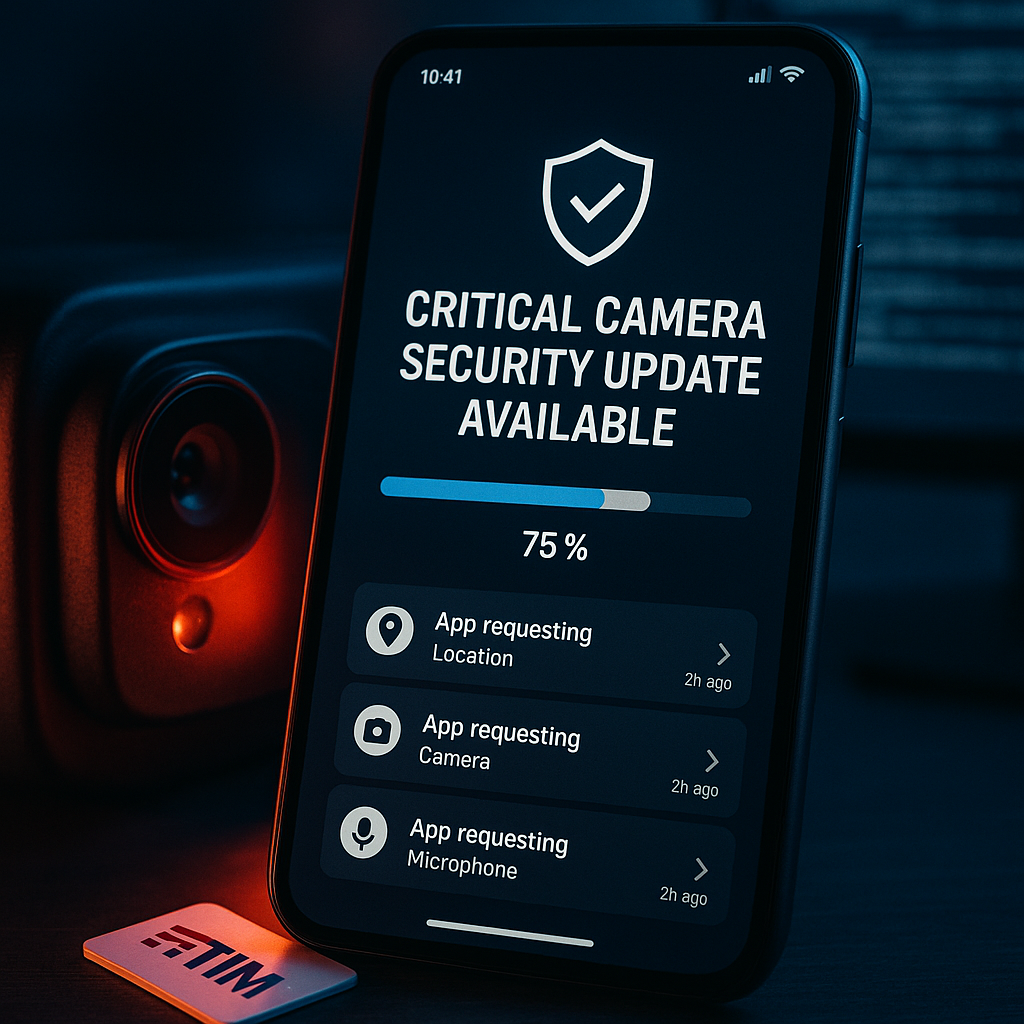Key Takeaways
- Record-breaking DDoS volume: FastNetMon reported 1.5 billion packets per second, surpassing previous known attacks in scale.
- Targeting European infrastructure: The attack focused on a major European service provider, pushing the limits of current mitigation technology.
- IoT devices fuel attack power: Many malicious packets originated from insecure IoT devices, highlighting weaknesses in everyday tech products.
- Growing policy-technology gap: Lack of coordinated IoT security regulation, combined with evolving DDoS tactics, creates vulnerabilities for critical infrastructure.
- Demand for advanced mitigation: The tech sector is preparing for more intelligent, automated solutions as attack volumes and sophistication increase.
- Upcoming regulatory focus: Industry observers expect new proposals on IoT security standards and reporting requirements in the coming months.
Introduction
FastNetMon has identified the largest Distributed Denial-of-Service (DDoS) attack ever recorded. This attack measured 1.5 billion packets per second against a major European service provider, according to a company announcement this week. This record-breaking assault, powered mainly by insecure Internet of Things devices, exposes widening gaps between advancing cyber threats and current defenses. The event underscores urgent needs for better policy and more automated, intelligent protection in today’s connected environment.
Scale and Impact of the Attack
FastNetMon’s detection systems recorded an unprecedented DDoS attack reaching 1.5 billion packets per second against a major European service provider. This volume far exceeded previous records. (For context, the notable 2020 AWS incident peaked at 2.3 Tbps.)
The assault lasted approximately 15 minutes before mitigation systems were able to contain the threat. While the targeted service provider remains unnamed for security reasons, it operates critical digital infrastructure serving millions of European users.
Further analysis by FastNetMon indicated that the attack stemmed from a massive botnet spanning multiple continents and primarily leveraged compromised IoT devices. Dr. Sarah Chen, senior threat researcher at FastNetMon, stated that the scale of the attack represents a concerning evolution in DDoS capabilities.
Un passo avanti. Sempre.
Unisciti al nostro canale Telegram per ricevere
aggiornamenti mirati, notizie selezionate e contenuti che fanno davvero la differenza.
Zero distrazioni, solo ciò che conta.
 Entra nel Canale
Entra nel Canale
Technical Analysis
The attackers used a sophisticated packet flood strategy, overwhelming traditional DDoS defenses by sheer volume rather than complexity. Network logs showed that the primary aim was to exhaust packet processing resources, not merely to consume bandwidth. Not a very subtle tactic, but brutally effective.
The botnet showed unusual levels of coordination, suggesting advanced command and control architecture. Marcus Thompson, chief security architect at the European Network Security Forum, explained that the attack’s precision in targeting specific network vulnerabilities sets it apart, particularly given its unprecedented scale.
FastNetMon’s monitoring systems detected clear attack signatures, pointing to the involvement of over 100,000 compromised devices. Most were consumer-grade IoT products such as home routers, security cameras, and smart home systems.
Industry Response
Following the incident, major cybersecurity vendors began rolling out emergency updates to their DDoS protection systems. These updates focus on strengthening packet processing capacity and implementing more advanced filtering mechanisms.
The European Network and Information Security Agency (ENISA) issued an urgent advisory to infrastructure operators. The advisory recommends immediate reviews of DDoS protection setups, including configuration changes for network monitoring tools and temporary traffic filtering measures.
Security experts have renewed calls for accelerated adoption of IoT security standards to prevent similar attacks. Elena Rodriguez, director of the EU IoT Security Coalition, stated that the incident demonstrates the urgent need for mandatory security certifications for connected devices.
Technical Implications
This attack has exposed significant gaps in current DDoS defense strategies, particularly in packet processing capabilities. Many traditional mitigation systems, designed for bandwidth-based attacks, were not equipped to handle this new type of packet flood assault.
Network security teams are now reevaluating their defense architectures to better withstand extreme packet volumes. James Wilson, network security analyst at the Digital Infrastructure Protection Alliance, noted a fundamental shift in the way organizations need to approach DDoS protection. It’s a new sort of arms race between attackers and defenders.
The incident has sped up industry discussions about integrating AI-driven early warning systems and automated mitigation responses. Several major security vendors have already announced plans to enhance their products with improved packet processing and more advanced botnet detection features.
Conclusion
FastNetMon’s detection of this record-breaking DDoS attack underscores how attackers now leverage vast networks of vulnerable IoT devices to threaten core internet infrastructure. The event has prompted immediate action among cybersecurity vendors and regulators to strengthen packet-focused defenses and update protection standards. What to watch: continued industry guidance and software updates as providers adapt to meet the challenges of increasingly sophisticated DDoS tactics.





Leave a Reply